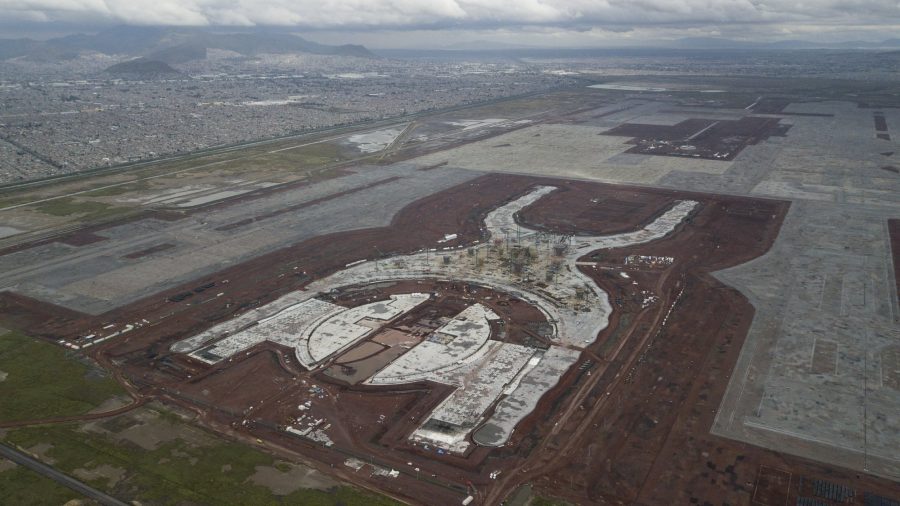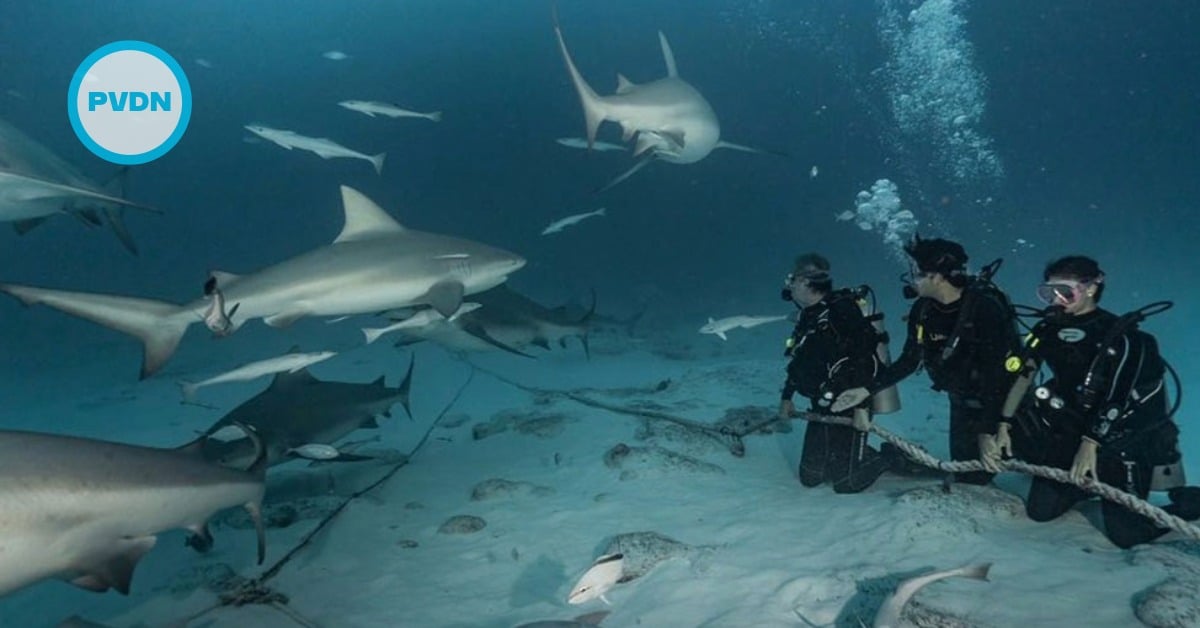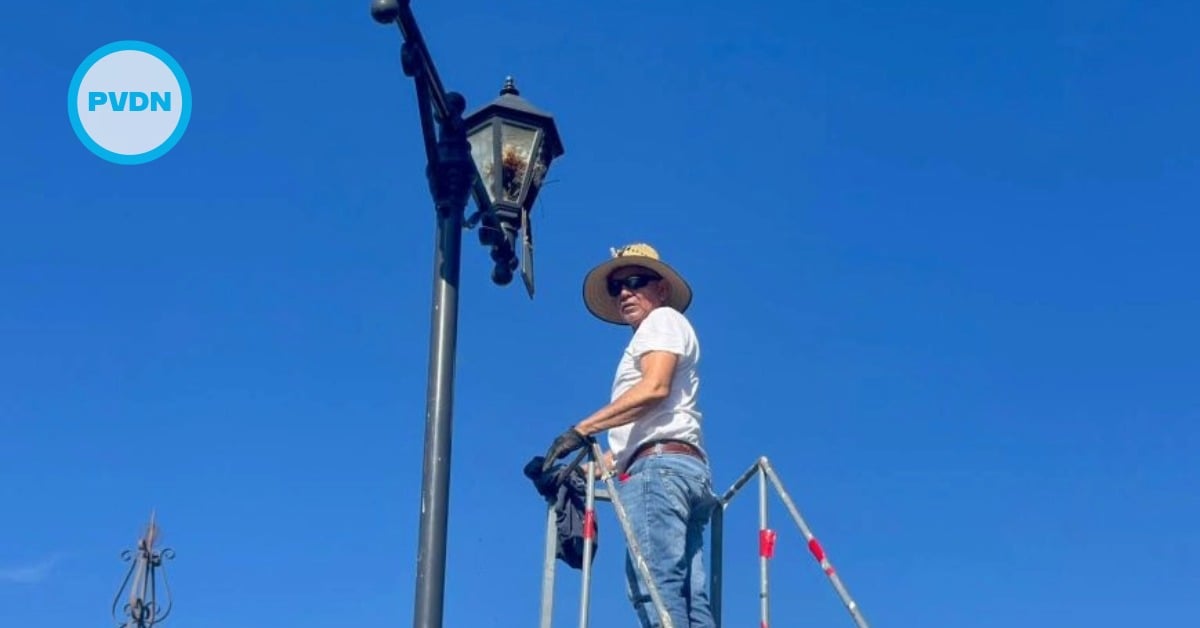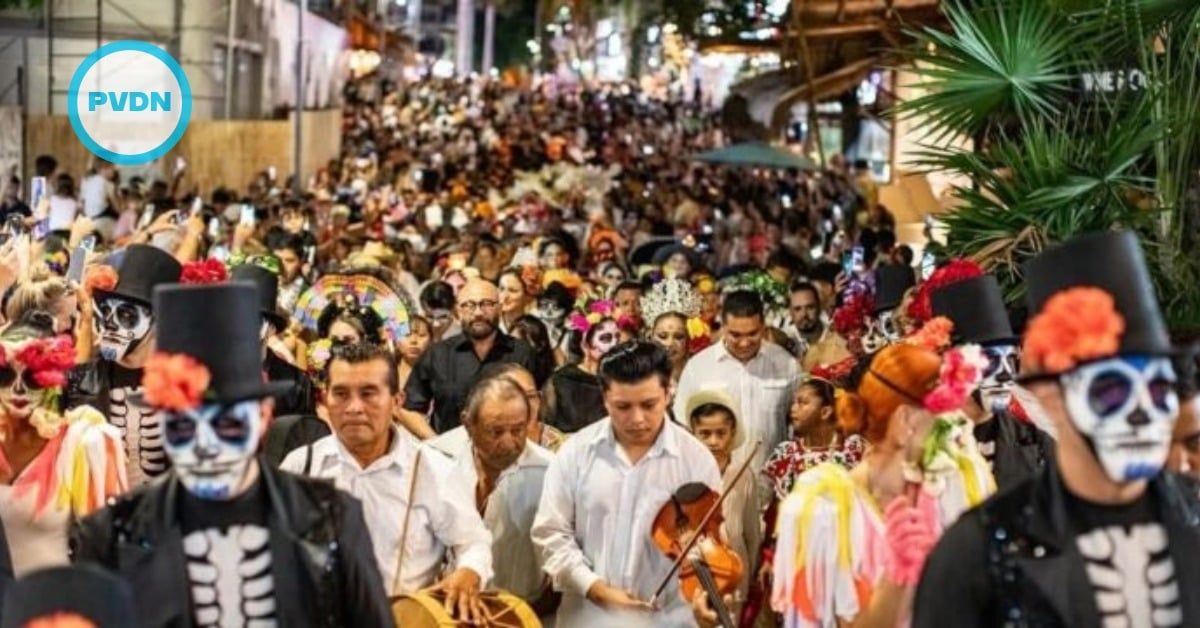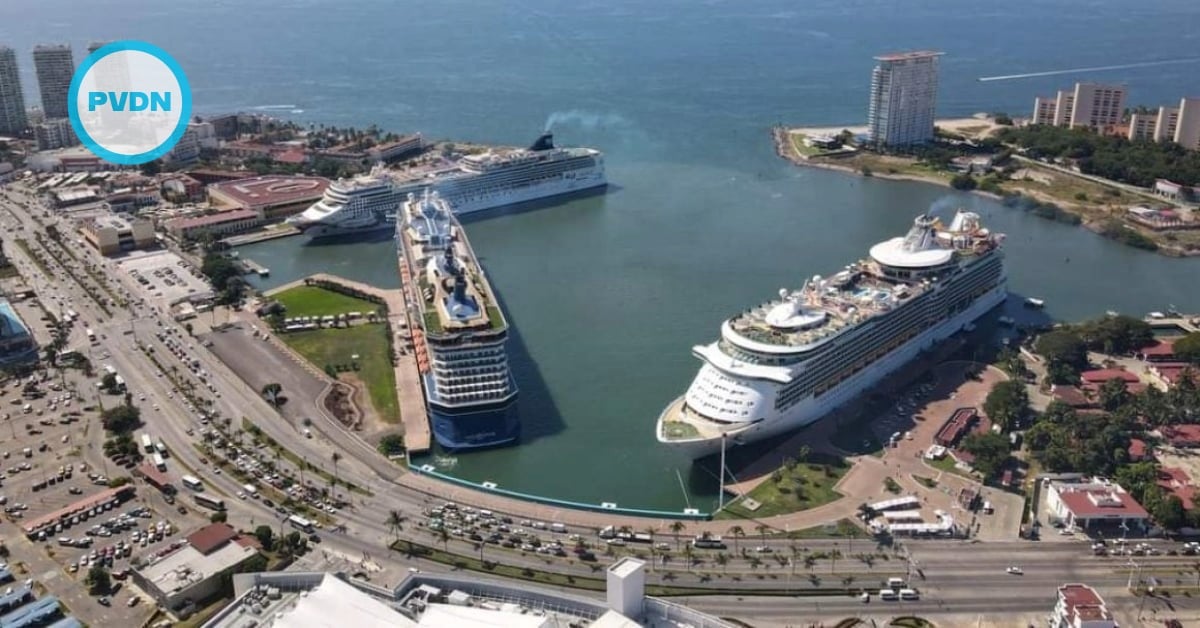The future of Mexico City’s new airport, already about a third completed, comes down to a public vote this week in a political high-wire act by the country’s president-elect that could shut down Mexico’s largest infrastructure project in recent memory. President-elect Andres Manu…

